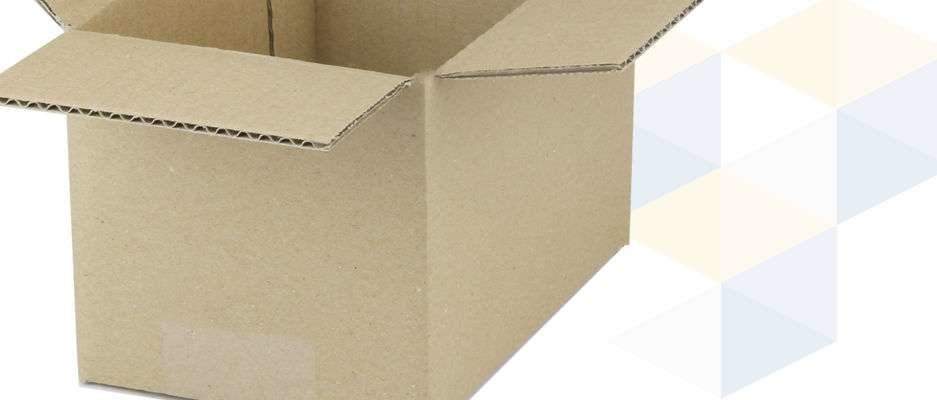
Corrugated cardboard
the preferred material for transport packaging!
The result is a modern, many-sided, strong yet supple packaging material. Corrugated cardboard packaging offers ideal protection for many products. Moreover, it is environmentally friendly and repeatedly recyclable as paper and carton.
Box size
Box dimensions are always designated in millimetres (mm) and it is the inside measurements that are calculated. Dimension are always given in the order length x breadth x height. The length x breadth always defines the bottom (or the opening at the top). The length is always the longest side of the bottom.
To choose the correct box size, measure up the outside dimensions of your product. Add 3 - 5mm extra to the outside measurements of your product (to each of the length, breadth and height values) – 3mm for a small box, 5mm for the larger sizes. In this way, you will be able to choose the perfect box size for your product. Should your product be pre-packaged, take this into account when defining the final box dimensions.
FEFCO
The European Federation of Corrugated Cardboard Manufacturers (FEFCO) has developed a comprehensive code system for cardboard boxes and packaging structures with international symbols. These symbols are language independent and generally understandable. The code may also be used for orders and specifications of shipping packages.
Check out all Fefco codes for box constructions.
American folding boxes
This is the world's most widely used box construction, also known as Fefco 0201. Actually this is the standard packaging box. Available in many length, width and height measurements. Even as a pallet box. We have American folding boxes in stock in both single-wave and double-wave. Some sizes are also available in white. Call or mail for the current stock box, new and used!
Manufacturing process
Corrugated cardboard is made on the corrugated cardboard machine. This machine heats the paper strips to 100 - 110°C and moisturises them with steam. Flute rollers form the corrugation, adhesive is applied to the corrugated tops and a press roller applies the covering layer. A printed paper layer can also be applied directly to the corrugated layer. The cardboard thus formed can then be given folding seams, can be cut to size, stacked and transported to the interim storage location. A modern corrugated cardboard machine has a length of 120 metres and a width of ±2.85 metres. They are equipped with the most modern operating techniques. The rolls of paper used weigh 2,000 to 3,000kg.
Qualities of corrugated cardboard
The separate layers of paper, called liners, usually consist of strong types of paper. The corrugation is necessary to keep the liners apart. This construction gives corrugated cardboard its unique properties.
One-sided corrugated cardboard consists of a corrugated paper strip glued to a smooth covering layer.
Double-sided corrugated cardboard consists of a corrugated paper strip with a covering layer glued on both sides.
The paper for the corrugation usually consists of one of the following materials:
Recycled paper
- Schrenz paper (grey)
- Half pulp
The paper for the inner or outer sheet usually consists of:
- Kraft paper (from wood chips)
- Test liner (from recycled paper)
Corrugated cardboard is very stiff at right angles to the corrugation, but bends easily in the other direction. Carton stiffness depends on the quality of the paper used during fabrication – corrugated cardboard with a paper quality of 120g/m² is a lot less firm than corrugated cardboard with a quality of 180g/m², so the packaging strength depends on the sort of paper used and the number of layers in the material.
Each supplier employs its own quality requirements, and has its own names for the carton qualities.
The following thickness codes are those most commonly applied to corrugated cardboard:
A, the coarse flute, with a flute height of ±4½mm and about 120 flutes per metre
B, the fine flute, with a flute height of ±2½mm and about 160 flutes per metre
C, the medium-coarse flute, with a flute height of ±3½mm and about 140 flutes per metre
D, the Goliath-flute, with a flute height of ±9mm and about 70 flutes per metre
E, with a flute height of ±1.2mm and about 300 flutes per metre
F, the micro-flute, with a flute height of 0.8mm and about 600 flutes per metre
G and N, with a flute height of ±0.5mm and about 550 flutes per metre
